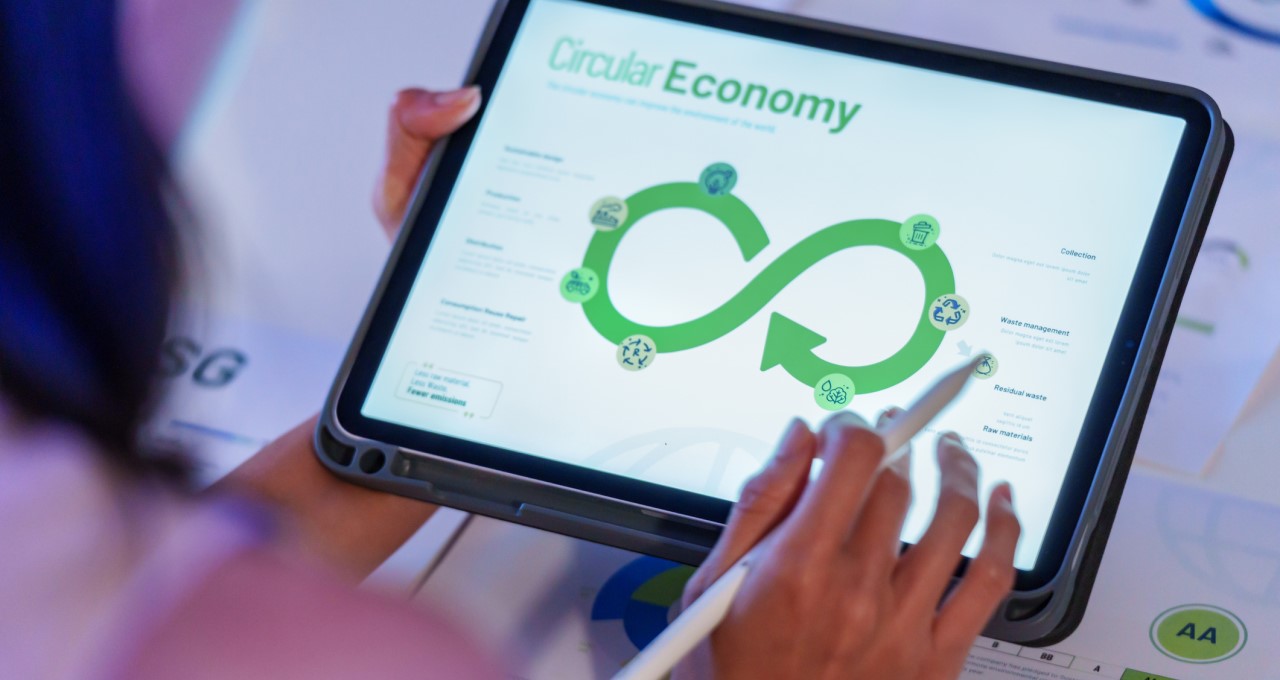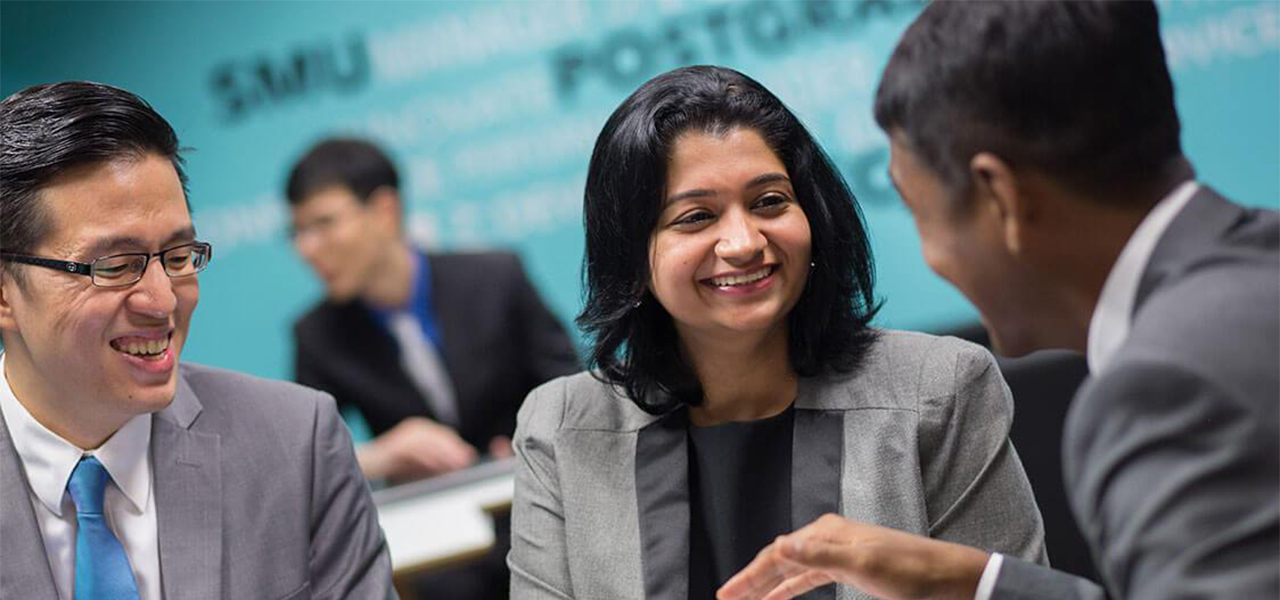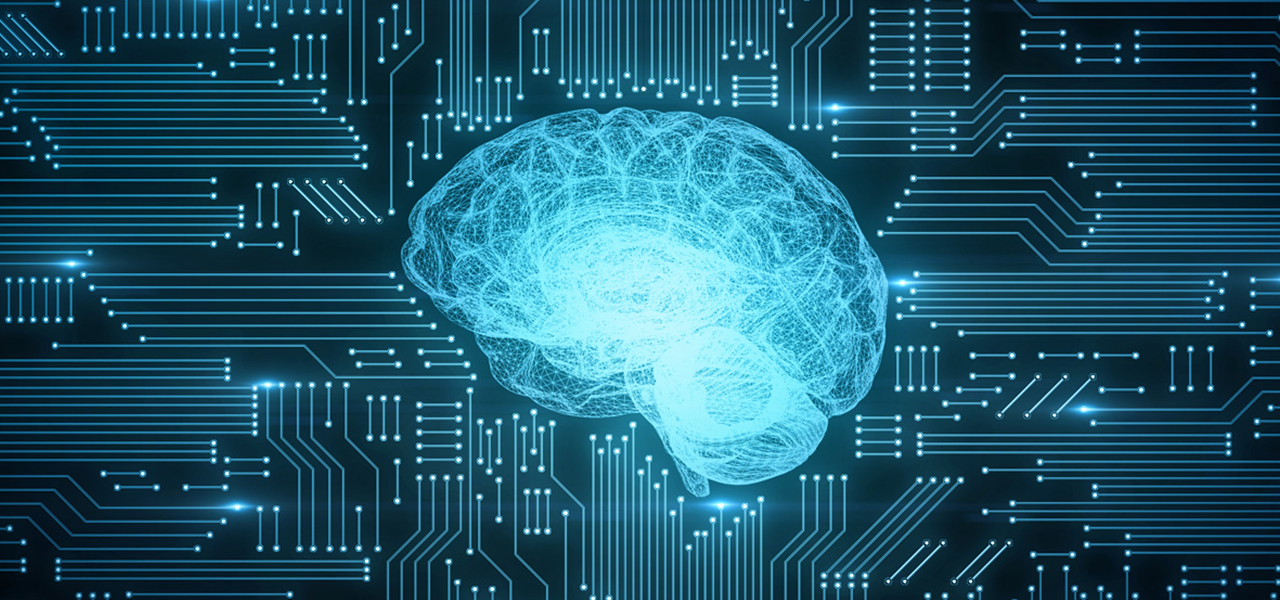As the world endeavours towards a more sustainable future, a mosaic of green strategies and initiatives are increasingly being implemented globally. This includes circular economy approaches, a model of production, consumption and post-consumption where materials are not relegated as waste, but rather kept in circulation through reusing, repairing, and recycling for as long as possible. This model is the basis for many sustainable development initiatives globally.
On 27 June 2024, Dr Aidan Wong – Assistant Professor of Urban Studies (Education) at SMU – discussed the concept of circular economy in a sample class for prospective Master of Sustainability (MST) students. In the 1.5-hour class, he shared relevant real-world cases to underpin the importance of the circular economy, its current challenges, and the opportunities that lie ahead.
Defining circular economy
Explaining circular economy to the class, Asst Prof Wong shared three concepts upon which it was built.
First, industrial ecology pushes for a symbiotic relationship between industrial systems and the environment, allowing for sustainable interactions.
Second, cradle-to-cradle philosophy aims to eliminate all waste by taking into account the entire life cycle of the product, right from the production stage.
Third, performance economy focuses on extending a product’s life cycle, allowing the user to benefit from it longer.
Today, many businesses and organisations have taken their own measures to implement circular economy. However, there is no standard definition for circular economy. Governments, academia, and industry players all define it differently, making circular economy goals difficult to measure across the board.
While circular economy has no standard definition, it follows three guiding principles: designing out waste and pollution, extending the life cycle of products and materials, and regenerating natural systems.
First, designing out waste entails rethinking product design and eco-design strategies. Asst Prof Wong cited Dutch smartphone maker Fairphone as a good example of this with their modular design and open technology, allowing users to replace individual broken parts themselves instead of disposing of the entire device.
Second, the life cycle of products should be extended by reusing, repairing, refurbishing, and recycling whenever possible – as reflected in Patagonia’s Worn Wear concept.
Third, circular economy aims to regenerate natural systems by managing and protecting resources in a sustainable manner, as exemplified by Interface, Inc’s investment in carbon neutral production and renewable energy.
Challenges of a circular economy
Implementing circular economy is not without its challenges. As with adopting any new strategies, a holistic understanding of the whole process is essential. For example, when introducing electric vehicles to the market, the cost of disposing their batteries must also be considered.
“Can we export our waste to developing economies and dump it into the desert? Whether it happens in our backyard or further afield, we are still morally responsible for this kind of environmental degradation. We need to consider including this into the costs of adopting circular economy strategies,” emphasised Asst Prof Wong.
Technology and logistics issues are also bottlenecks in circular economy adoption. There is a lack of optimised recycling infrastructure, and this is exacerbated by some products having complex designs. Certain metallic elements in smartphones, for instance, are difficult to be separated, leading to problems in realising the full impact of recycling.
Another challenge is instilling a change in consumer behaviour. Society at large needs to prioritise recycling and refurbishing across the board. Through a five-year-long survey on recycling behaviours, Asst Prof Wong found that people were more inclined to recycle big electronic wastes like televisions, but not small wastes such as batteries. He attributed this to consumers’ “out of sight, out of mind” approach, which needs to change.
Finally, a large-scale adoption of circular economy requires high-level policy and regulatory changes, with Asst Prof Wong noting the need for policies to encourage waste reduction behaviour. A prime example of this is how Apple will change its iPhone chargers from its proprietary Lightning ports to USB-C ports to comply with the European Union’s regulations to reduce e-waste.
Among these challenges, Asst Prof Wong said behavioural transformation is the biggest hurdle, highlighting the need for more discourse around the topic of circular economy and sustainability to heighten public understanding.
Towards a brighter, greener future
According to Asst Prof Wong, adopting circular economy properly can reduce pollution and cut carbon dioxide emissions by 35% by 2050.
Natural resources can be conserved, and biodiversity protected. The benefits from environmental sustainability could also translate to economic ones, opening up new business opportunities and potentially reducing production costs. Circular economy can also make supply chains more resilient, enabling them to adapt to changing market conditions.
Nevertheless, there are societal implications with circular economy. “In terms of social impact, it’s about changing the consciousness and animating environmental citizenship. We are all part of a wider environmental ecosystem after all,” concluded Asst Prof Wong.
This sample class represented a taster for Assistant Professor Aidan Wong’s module on Circular Economy, a course unit in SMU’s Master of Sustainability programme. Find out more about the programme and its upcoming sample classes and events here.





